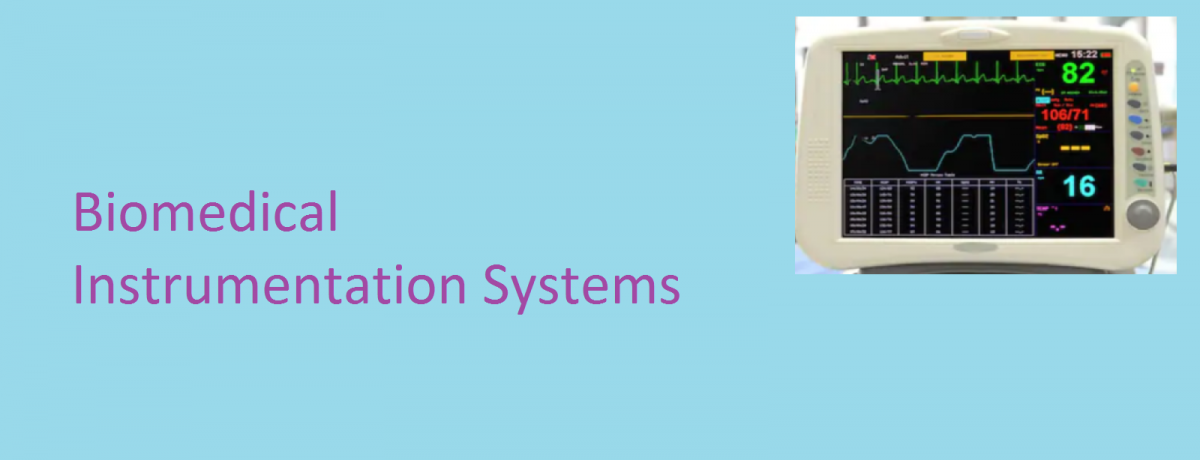The types of Oximeters commonly used to measure percentage oxygen saturation of circulating blood include:
- Pulse oximeter
- Ear oximeter
- Skin reflectance oximeters
- Intravascular oximeter

Contents
Pulse Oximeter
The principle of operation of pulse oximeter is based on the concept that the arterial oxygen saturation determinations can be made using two wavelengths. These two wavelengths assume two absorbers namely:
- Oxyhaemoglobin (HbO2)
- Haemoglobin (Hb)
The instrument consists of a pair of small LEDs facing a photodiode (photosensor). The light from the LEDs, passes through a translucent part of the patient’s body generally forefinger. One of these two LEDs transmits infrared light at a wavelength of approximately 940 nm while the other transmitting light at approximately 660 nm.

The absorption of these select wavelengths of light through living tissues is significantly different for oxygenated haemoglobin (HBO2) and reduced haemoglobin (Hb). The absorption of these selected wavelengths of light passing through living tissue is measured with a photodiode/photosensor.
The output of the photodiode will have one signal that represents the absorption of red light (660 nm) and other signal that represents infrared light (940 nm). The ac signal is due to the pulsing of arterial blood while dc signal is due to all the non-pulsing absorbers in the tissue. The oxygen saturation is estimated from the Ratio (R) of pulse-added red absorbance at 660 nm to the pulse-added infrared absorbances at 940 nm.


Ear Oximeter
The Ear oximeters operation is based on the transmission principle to measure arterial oxygen saturation. The pinna of the ear acts as a cuvette. We have light passing through the pinna of the ear; light from a tungsten lamp passes through a wheel with optical filters. The wheel rotates at a particular speed. Transmitted light passes through a fiber optical cable to a detector. A reference wavelength light of 805 nm wavelength passes to the detector via another cable. The detector produces currents depending upon the intensities of different wavelengths. The currents are then amplified. An Analog to Digital converter converts the analog value to a digital value. A microprocessor chip is used for averaging and calculating the oxygen saturation. A digital display and an alarm are fitted to the instrument to give the reading of oxygen saturation.

Before taking a reading, the ear is usually warmed up or pinched so that blood flow to the ear increases.
Related: Process of Oximetry in Biomedical measurements
Skin Reflectance Oximeters
This instrument working principle is based on monitoring backscattered light from living tissue in two wavelengths. The back scattered light data is used for the vivo determination of the blood’s relative oxygen saturation.
This type of oximeter is used for measurement of oxygen saturation level of blood in localised areas of oxygen deprived tissues on the head, torso and limbs.
Learn More On: The Muscle Stimulator
Reflection Oximetry
In reflection oximetry, light reflected from a sample of blood that is not haemolysed then filtered through two filters to get beams of 650 nm and 805 nm. The intensity of the two beams is measured and oxygen saturation is calculated. The calculations are based on an empirical formula:


The two filters, C and D, filter the reflected light and allow only wavelengths of 650 nm, and 805 nm to pass respectively. The photocells A and B, whose resistance changes with incident light are connected in a Wheatstone bridge.
Don’t miss out Important Updates, Join Our Newsletter List
Intravascular Oximeter
Intravascular oximeter employ optical fibers to guide the light signal inside the vessel and the reflected light from the red blood cells back to the light detector.
Intravascular oximeters are normally used to measure venous saturation from which status of the circulatory system can be deduced. Mixed venous saturation varies in reflecting the changes of oxygen saturation, cardiac output, and haemoglobin content and oxygen consumption.


One thought on “Types of Oximeters”